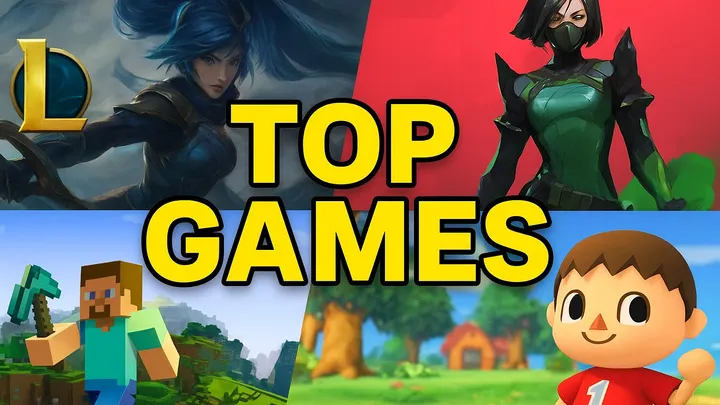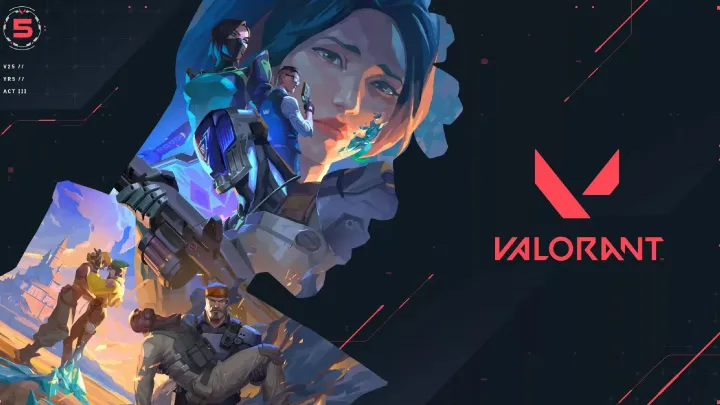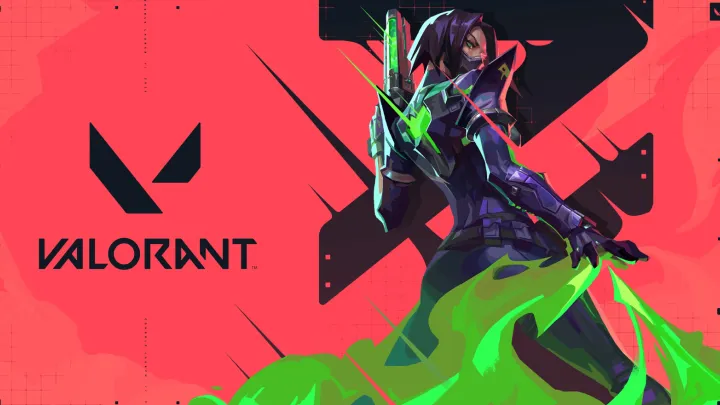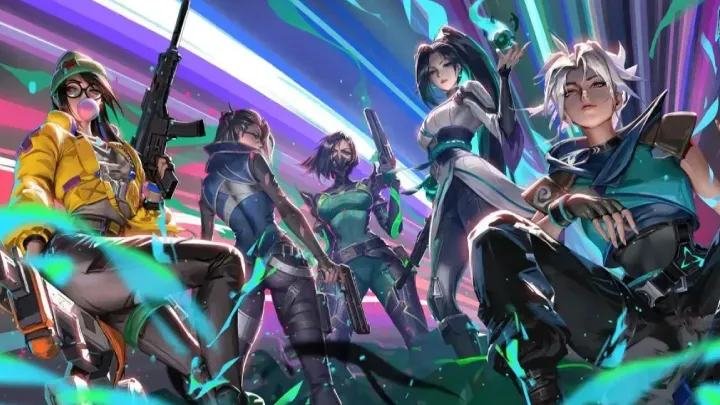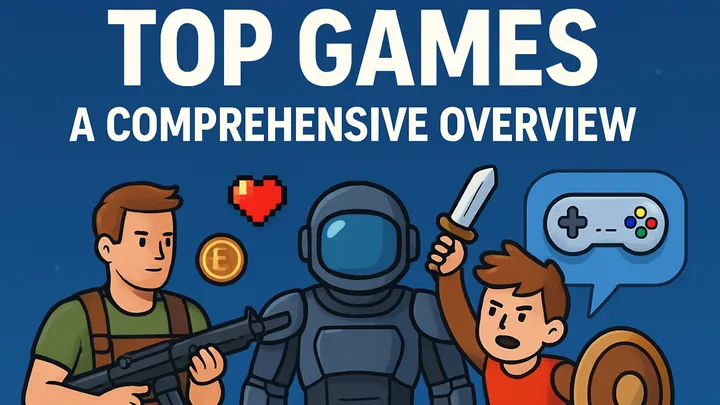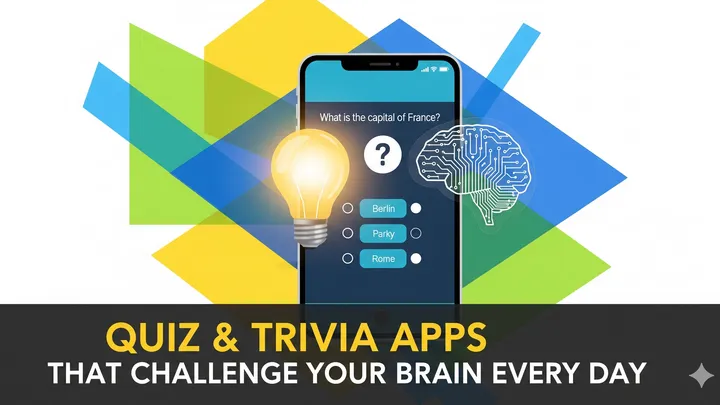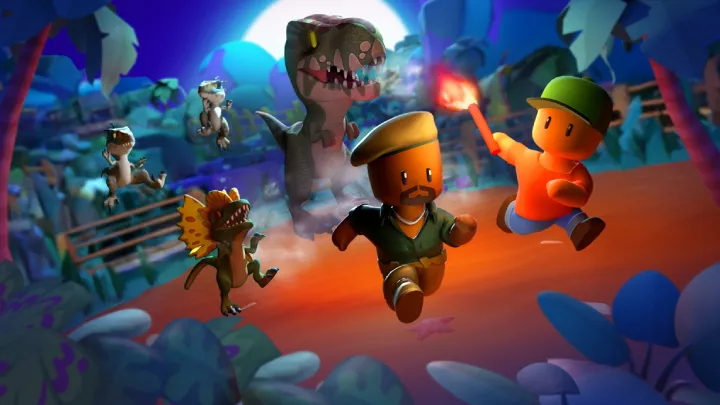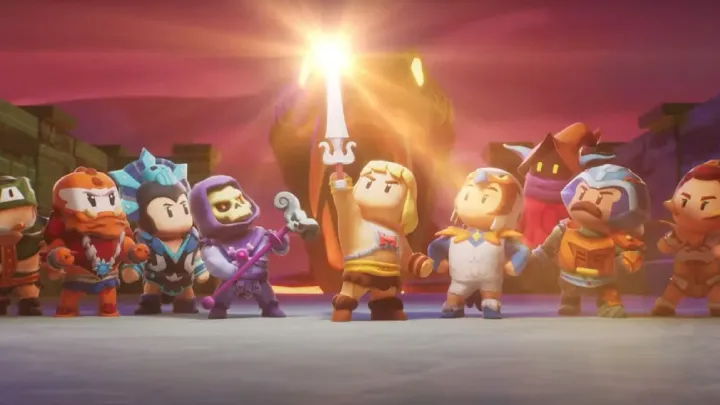Introduction
In the ever-evolving world of online multiplayer games, few titles have shaken up the competitive first-person shooter (FPS) scene quite like Valorant. Developed and published by Riot Games, the masterminds behind League of Legends, Valorant quickly established itself as a global gaming phenomenon after its official launch in June 2020.
What makes Valorant truly remarkable is its unique blend of precise, Counter-Strike–inspired gunplay with hero-style character abilities, creating a hybrid tactical shooter that appeals to both hardcore esports professionals and casual players. In just a few short years, the game has built a thriving competitive ecosystem, millions of daily active players, and a cultural footprint that extends beyond traditional gaming.
This in-depth feature takes a closer look at Valorant—its origins, mechanics, agent system, maps, esports scene, community culture, pros and cons, and future trajectory—as one of the most impactful online shooters of the decade.
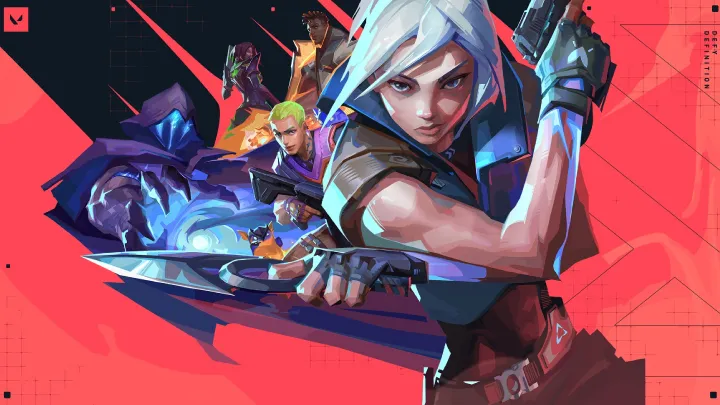
1. The Origins of Valorant
Riot Games began developing Valorant under the codename Project A around 2014–2015. At the time, the FPS market was dominated by Counter-Strike: Global Offensive and Overwatch. Riot’s vision was to create a title that combined the tactical precision of CS:GO with the hero-driven diversity of Overwatch, while maintaining a strong competitive structure.
The closed beta launched in April 2020, immediately drawing millions of viewers on Twitch due to Riot’s “watch-to-earn” key drop system. This marketing strategy, combined with Riot’s established reputation in esports, propelled Valorant into the spotlight before its official release.
2. Gameplay Mechanics – The Heart of Valorant
At its core, Valorant is a 5v5 tactical shooter. Each match consists of up to 25 rounds, with teams alternating between attacking and defending.
- Attackers: attempt to plant and detonate the “Spike,” a device similar to a bomb.
- Defenders: stop the attackers or defuse the Spike once planted.
- The first team to win 13 rounds claims victory.
Precision Gunplay
Valorant’s shooting mechanics are deliberately punishing. Weapons have recoil patterns that require control and discipline, making accuracy and crosshair placement essential. Unlike ability-heavy shooters, Riot emphasizes that gunplay must always remain the deciding factor in engagements.
Abilities as Tactical Tools
Each player selects an Agent, who comes equipped with unique abilities. Unlike Overwatch, these abilities are not designed to overshadow gunplay but to complement tactical strategy. Smokes, flashes, drones, and walls can provide map control, information, and execution support.
This balance between raw aim and strategic utility is what sets Valorant apart.
3. The Agents – Valorant’s Diverse Cast
Valorant launched with 11 agents and now features over 25 playable characters, divided into four distinct roles:
- Duelists (e.g., Jett, Phoenix, Reyna): Self-sufficient fraggers designed for aggressive play.
- Controllers (e.g., Brimstone, Viper, Omen): Experts in map control and smoke placement.
- Sentinels (e.g., Sage, Killjoy, Cypher): Defensive anchors and support characters.
- Initiators (e.g., Sova, Skye, KAY/O): Information gatherers and playmakers.
Each new agent release not only refreshes the meta but also sparks strategic innovation in professional play, ensuring the game never feels stagnant.
4. The Maps – Tactical Arenas
Valorant maps are carefully designed battlegrounds that force players to adapt strategies. Notable examples include:
- Bind – Iconic teleporters allow instant rotation.
- Haven – Unique with three bomb sites instead of two.
- Ascent – Wide open mid-control map.
- Icebox – Vertical gameplay with ropes and high angles.
- Split – Tight choke points and elevated mid control.
The maps play a massive role in the esports scene, where strategies like mid-control dominance, site executes, and retakes are perfected at the highest level.
5. Valorant Esports – The Rise of the VCT
Valorant’s competitive ecosystem, the Valorant Champions Tour (VCT), has become one of the most watched esports leagues worldwide. Structured around regional leagues and international tournaments, VCT has elevated professional FPS gaming to new heights.
Key Highlights
- Valorant Champions 2021 (Berlin): Acend crowned the first world champions.
- Valorant Champions 2022 (Istanbul): LOUD (Brazil) shocked the world with their victory.
- Valorant Champions 2023 (Los Angeles): Evil Geniuses claimed dominance.
The 2024–2025 VCT season now features franchised partnerships, similar to Riot’s League of Legends system, ensuring stability and long-term investment for teams and players.
6. Community and Cultural Impact
Valorant’s community extends beyond competitive play. On Twitch and YouTube, streamers like Tarik, Shroud, TenZ, and Pokimane regularly pull massive viewership, turning the game into a streaming juggernaut.
Socially, Valorant has also been praised for diversity and representation, introducing agents from multiple ethnic backgrounds and nationalities, reflecting Riot’s global vision.
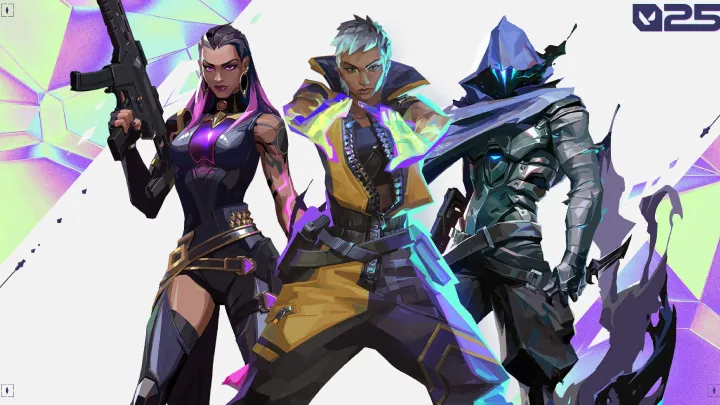
7. Strengths and Weaknesses
Strengths
- Free-to-play with strong anti-cheat system (Vanguard).
- Balanced mix of gunplay and abilities.
- Frequent updates and content drops.
- Thriving esports ecosystem with global reach.
- Runs well on mid-range hardware.
Weaknesses
- Steep learning curve for newcomers.
- Solo queue can feel punishing without good communication.
- Limited platform availability (PC only, though console ports are rumored).
8. Valorant vs. the Competition
Compared to other top shooters:
- CS:GO/CS2: Valorant adds agent abilities, increasing strategic variety.
- Overwatch 2: Valorant prioritizes shooting accuracy over ultimate-based gameplay.
- Apex Legends: Valorant is round-based, not battle royale, catering to competitive integrity.
This unique balance makes Valorant stand apart in the saturated FPS market.
9. The Future of Valorant
Riot Games has confirmed plans to expand Valorant to consoles and possibly mobile devices, widening accessibility. With continuous new agents, maps, and seasonal content, the game is positioned for long-term success.
The esports scene is also set to grow, with Riot investing heavily in stadium events, global tournaments, and regional leagues.
If Riot maintains its commitment to balance and innovation, Valorant could become the definitive tactical shooter of the next decade.
10. Conclusion
Valorant is more than just another FPS—it is a carefully crafted hybrid that has redefined the tactical shooter genre. With its blend of precision gunplay, unique agents, competitive ecosystem, and cultural impact, Valorant has earned its place as one of the top games of the 2020s.
Whether you’re a competitive player aiming for the highest ranks, an esports fan cheering for your favorite team, or a casual gamer looking for intense tactical action, Valorant delivers an experience that is both challenging and rewarding.









